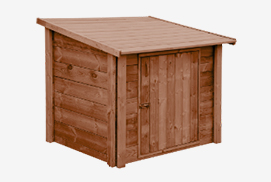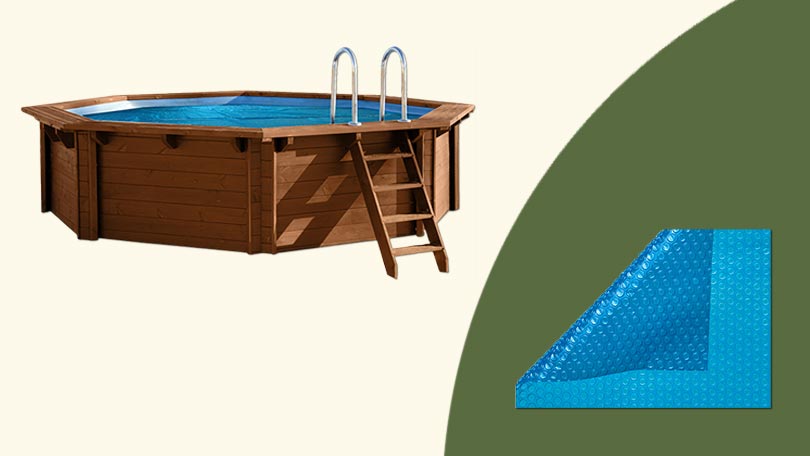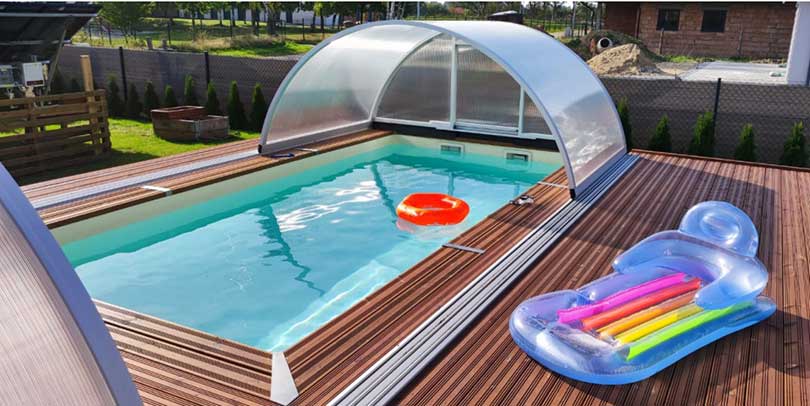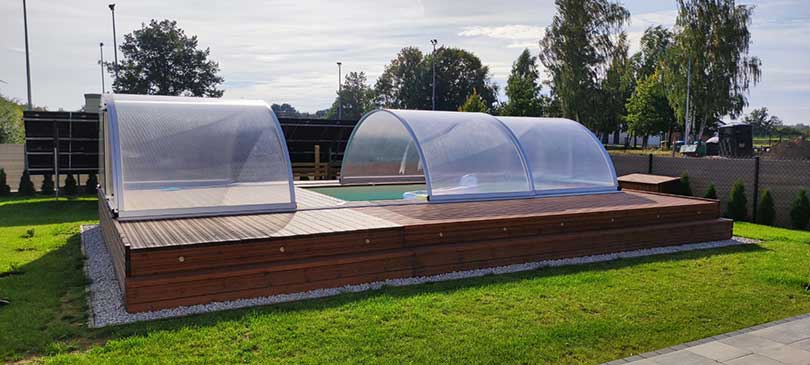Swimming pools are an oasis of relaxation and fun, but they can also contribute to significant energy costs if not managed efficiently. Pool owners often look for ways to enjoy their pools while still being environmentally conscious and reducing operational costs. In light of this, we’ve curated a list of 10 energy-saving tips that won’t just help the planet but will also keep a little extra money in your pocket. Dive in to discover how you can make your pool more energy-efficient and eco-friendly!
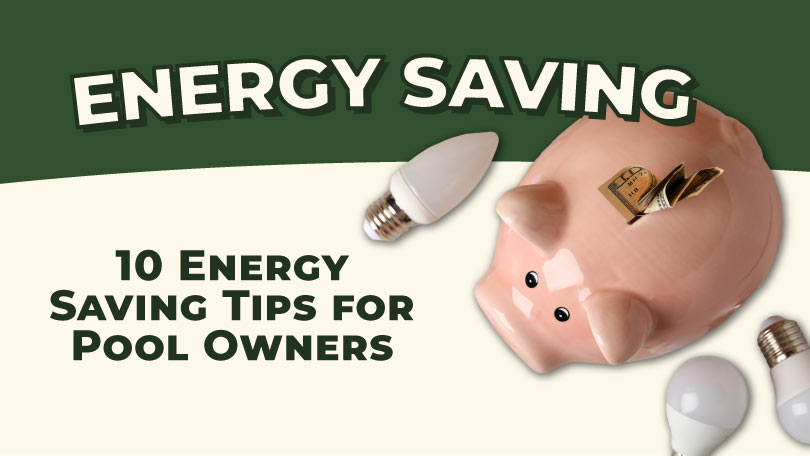
Solar Pool Covers
Utilize solar pool covers to trap the sun’s warmth, reduce evaporation, and keep your pool warm, thereby reducing the need for additional heating.
Efficient Pool Pumps
Invest in a variable-speed or two-speed pump. They can be adjusted to run at the needed rate, consuming less energy than single-speed pumps.
Optimal Pump Operation
Operate the pool pump during off-peak hours to take advantage of lower electricity rates and ensure it’s running for the shortest duration necessary to keep the pool clean.
LED Lighting
Replace incandescent or halogen pool lights with energy-efficient LED lights. They use a fraction of the power and last significantly longer.
Pool Heater Maintenance
Regularly maintain and service your pool heater to ensure it operates at peak efficiency. Clean filters, ensure good water flow, and address any needed repairs promptly.
Windbreaks
Plant shrubs, set up fences, or use privacy screens around the pool area. This can reduce wind exposure, which increases evaporation rates and cools the pool, leading to increased heating needs.
Optimize Temperature
Instead of keeping the pool at a constant high temperature, lower it by a few degrees when not in use. For every degree drop, you can save up to 10% on energy costs.
Regular Maintenance
Regularly clean and backwash filters. Clogged filters make the pump work harder, consuming more energy. Also, ensure there are no leaks in the pool system, as this can waste water and energy.
Pool Insulation
If you’re building a new pool or renovating, consider adding layers of insulation around the pool shell. This can help retain heat, especially in cooler climates or during colder months.
Carefully choose your material
By selecting a material that naturally helps maintain your desired water temperature, you can significantly reduce your pool’s energy consumption and associated costs. Always research and opt for materials that offer superior insulation and durability to ensure both energy and cost savings in the long run. Read this article and learn why we believe wood is a perfect choice.










